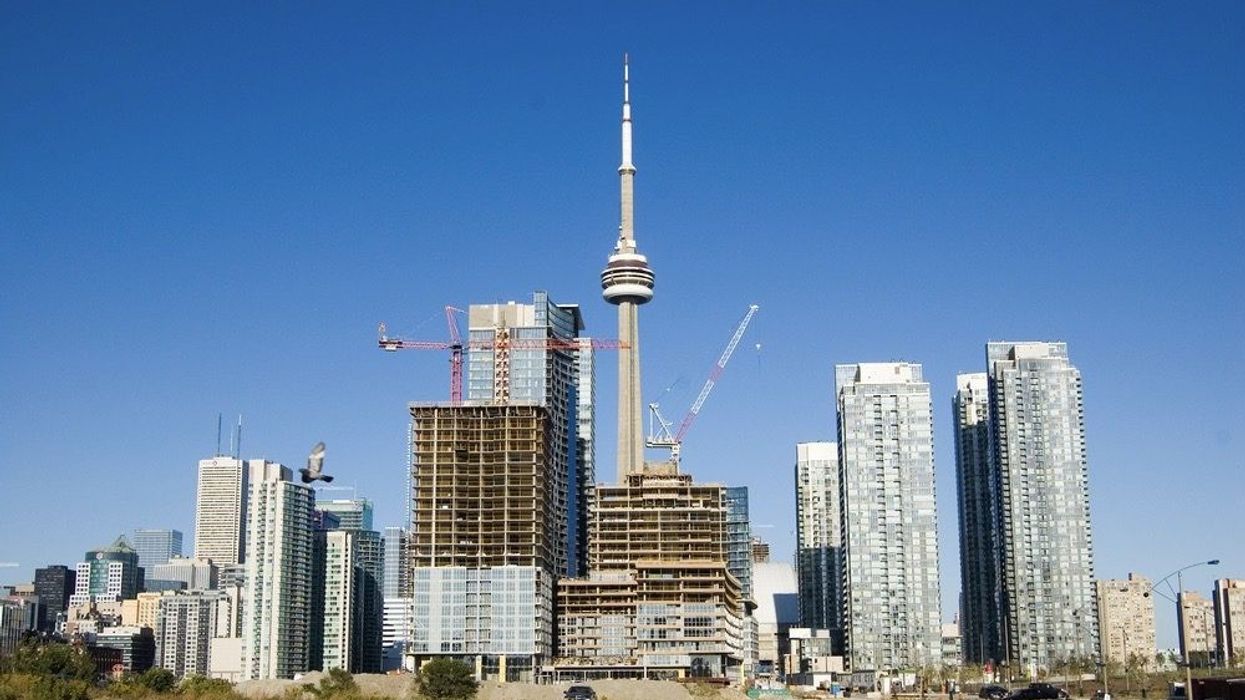In just a matter of days, the City of Toronto will begin enforcing a new set of green standards for its buildings, meaning stricter rules around greenhouse gas emissions.
A number of changes made to the Toronto Green Standard, approved by City Council in July of last year, will kick in on May 1, placing a higher eco-friendly standard on city-owned buildings. The changes come as part of the City's plan to achieve zero emissions buildings by 2030 and meet 2050 city-wide greenhouse gas reduction targets.
The changes include an increase to the number of required electrical vehicle parking spaces, a reduction in stormwater runoff, increased tree canopy and green roof coverage, and a requirement for all new city-owned buildings to meet a net-zero emissions target. More eco-friendly solutions such as geothermal heating and cooling systems are an integral part of this.
Although privately-owned buildings are not required to follow the same environmental standards, Toronto will offer financial incentives to those who do so voluntarily.
"Builders who are market leaders in sustainability are eligible for an incentive under the City's Toronto Green Standard Development Charge Refund Program if constructing at higher tiers," a Toronto city staff report reads. "The Toronto Green Standard performs an important role as a market transformation tool to progressively push development beyond the minimum standards of the Ontario Building Code towards the Toronto's zero-emissions targets as set out in TransformTO and City Council's 2019 declaration of a climate emergency."
These incentives will build on two already-existing financial incentives for higher green standards. The Energy Retrofit Loan offers low-interest loans, up to 100% of the project costs, to improve energy efficiency in buildings. The Eco-Roof Incentive Program provides grants to support the installation of green roofs and cool roofs on Toronto buildings.
The City's more aggressive standards come after a 2019 study found that Toronto's buildings, including residential, commercial, and industrial, accounted for a staggering 57% of the city's emissions. This is well above the second-largest source of emissions -- transportation -- which accounted for 37%. With the City owning over 2,500 buildings -- the second-largest real estate portfolio in Canada, after the Government of Canada -- their holdings alone generate 260,000 tonnes of greenhouse gas emissions annually, according to a 2021 City report.
"Natural gas used to heat buildings continues to be the largest source of emissions community-wide," the City's study findings read. "It accounts for approximately 8.2 MT CO₂e, which represents the largest source of emissions from the buildings sector."
Toronto has put ambitious climate goals in place for the city, with 2030 targets of all new homes and buildings being built with near-zero greenhouse gas emissions, and emissions from existing buildings being cut in half from 2008 levels. The goals also include having 50% of community-wide energy coming from renewable or low-carbon sources, and 25% of commercial and industrial floor area connected to low-carbon thermal energy sources.





















